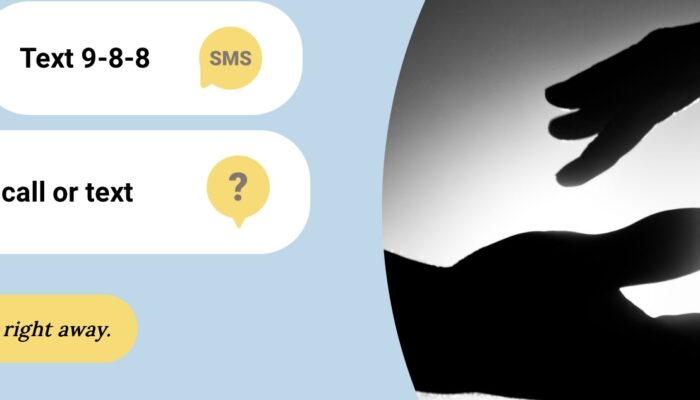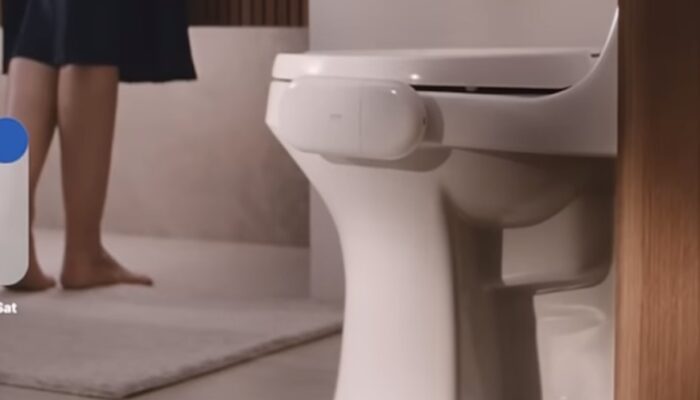Through animation Walt Disney was a pioneer in technology who always maintained a fascination for how the spirit of invention could shape the future. Today the company maintains a number of R&D labs around the world that are producing ground-breaking technologies that would surely make Walt proud.
Glow With The Show Ears
On October 15th Walt Disney World will introduce Glow With The Show hats, an interactive version of their signature mouse ears that light up and change colour thanks to hidden LED lights. When worn in special areas of the resort the hats will receive infrared wireless signals that can trigger them to react and animate in surprising ways.
Special concerts and events are designed to bring people together and use the interactive ears to make them an active part of the show. Thanks to each hat’s unique serial number and the way theatre seats are arranged in zones, the hats can connect and synchronize with the music and lighting effects. Each ear can change to a different colour and across an audience act like a pixel on a television screen, allowing the show’s organizers to create animations. For example, when special Wish Fireworks are let off the hats in the crowd will radiate out effects that make the fireworks seem larger.
The interactive mouse ears are sold as souveniers and require a set of AA batteries for a full day’s use. They have already been released at Disney resorts in Tokyo, Europe, and California. At Walt Disney World in Florida this Fall they will be linked into the Fantasmic!, Celebrate The Magic, and The Osborne Family Spectacle of Dancing Lights.
Botanicus Interacticus
You can imagine how magical it might seem if you could open a secret door by simply touching a flower. At the company’s R&D lab in Pittsburgh, Walt Disney has achieved that reality. Researchers have created a sensor that, when placed into the soil where a plant grows, can detect when that plant is touched, tapped, or stroked.
When you touch the plant, the electricity of your body, the plant, and the sensor in the soil complete a circuit that lets the computer know what’s going on. It’s very similar to the system used by touchscreens on smartphones and tablets.
In fact, like a touchscreen you can stroke a plant’s leaf to paint out an image on a computer display or tap its stem to create music. Walt Disney says the idea is to go beyond using plants as a way to control machines, but to use computers to make plants more expressive. To showcase the effect they recently held an art exhibit where a variety of plants were connected to mirrored displays. When you stroked them, their reflections reacted with visual effects.
Disney hasn’t decided yet where the technology will be used, but it’s easy to imagine an interactive garden at one of their theme parks or a botanical play set from their toy division. Should there be an issue with living plants being harmed by the process, Disney says it can create artificial plants that can work in their place, but the simple act of tapping or stroking a plant shouldn’t cause damage, in fact some research shows that plants react display better health when you do.
Playing Catch With Robots
Walt Disney’s theme park robots have been singing, dancing, and giving speeches for many decades now. The time has come for them to reach out to the audience and do something new. Disney researchers are working on a new generation of humanoids that have special cup-shaped hands that will let them catch a ball thrown to them by a park visitor and, using smart vision that can detect human beings, throw the ball back.
The tricky hand-eye coordination involved is a new area for robotics let alone theme parks and made more complicated by the need to make such movements expressive. Disney’s robots have to be characters and show keen interest when someone approaches them or disappointment when they miss a ball.
Catching a ball is a familiar experience for most and what Disney researchers have found is that when you pair a person up with a robot it can lead to new activities. Their robots can play catch at faster speeds and so with three balls a person can end up juggling, something you might not have done with friends on a schoolyard.
Disney’s robots may do more than include you in the show, they may end up teaching you something new.
Sharing Sound Through Touch
There’s a trick little kids like to play where they shuffle their feet across a carpet to build up static electricity that can be released as a shock the next time they touch someone. Imagine if you could do the same thing with sound.
Disney’s R&D lab in Pittsburgh has created a microphone attachment that does just that. It allows you to record your own voice and then convert that recording into a signal that can travel through your body. When you reach out and touch someone’s ear, the signal is released, and they can now hear your voice even though it was recorded moments before.
For the person on the receiving end it can be a creepy experience at first. It’s like having a disembodied voice whisper intimately into your ear. That no one else can hear this voice, just you, makes it especially unsettling.
Because the signal can travel through a number of people there’s the potential to turn it into a game of secrets. With a long line of people holding hands it’s possible for the person on one end to record their voice and for the person on the other end to share it by touch to someone’s ear. That no one in-between the two points can hear the sound means that whatever was said remains a secret between just two people.
Disney is calling the project Ishin-Den-Shin (a Japanese phrase expressing unspoken communication) and how it will be used as a theme park ride or marketed as a toy remains to be seen, but it’s clear the company’s sense of creativity has no bounds.




